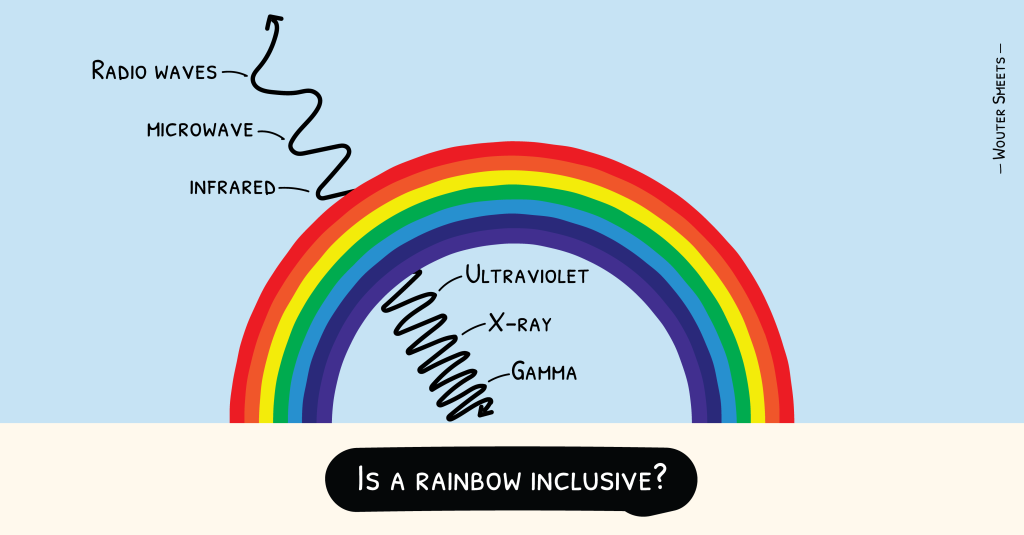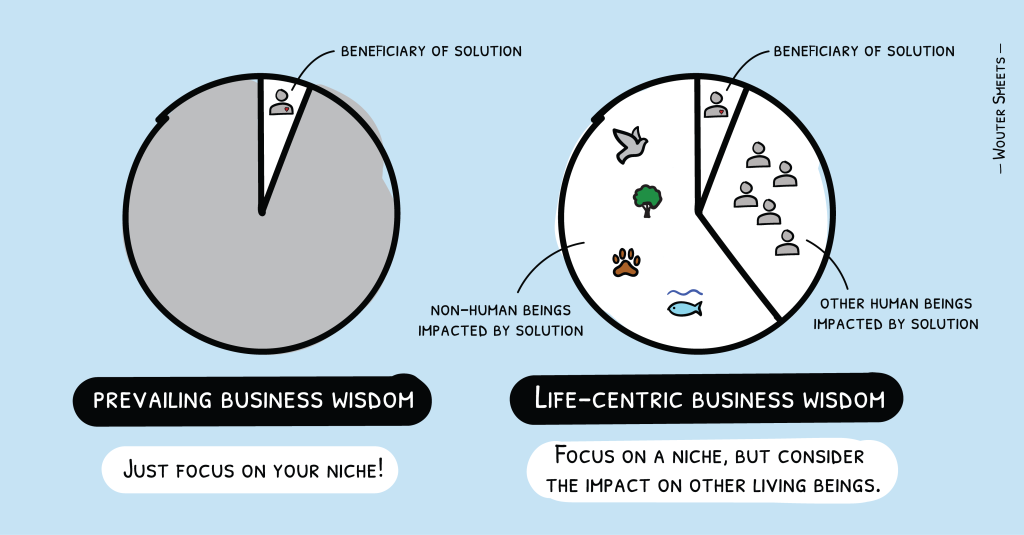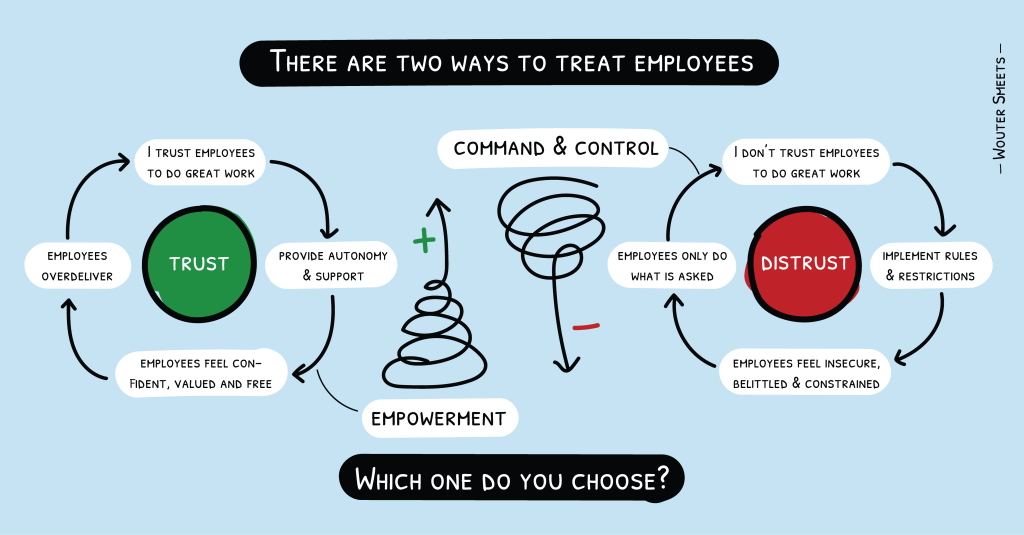One of the biggest misconceptions about personal growth?
That it is all about being more, better or faster than you are right now.
A toxic notion fuelled by a billion dollar industry that paints the picture that we are never truly good enough. That we continuously need to be more, have more, do more to ‘live our best life’.
In my experience – more often than not – personal growth is quite the opposite.
Doing less so that you can thrive physically, mentally and spiritually. Doing less to please others so that you can stay true to your own values. Doing less so that you can be present with loved ones in the here and now.
Personal growth is about cutting through the noise to focus on what really matters: being a good human being for people, nature and yourself.
I am not saying we shouldn’t strive to grow, learn and develop. We – as human beings – are a beautiful never-ending work in progress. We are capable of a lifetime of learning, but let’s do so for the right reasons.
Personal growth for me is about embracing a paradox:
Appreciate who you are right now ánd nurture the person YOU want to become.







